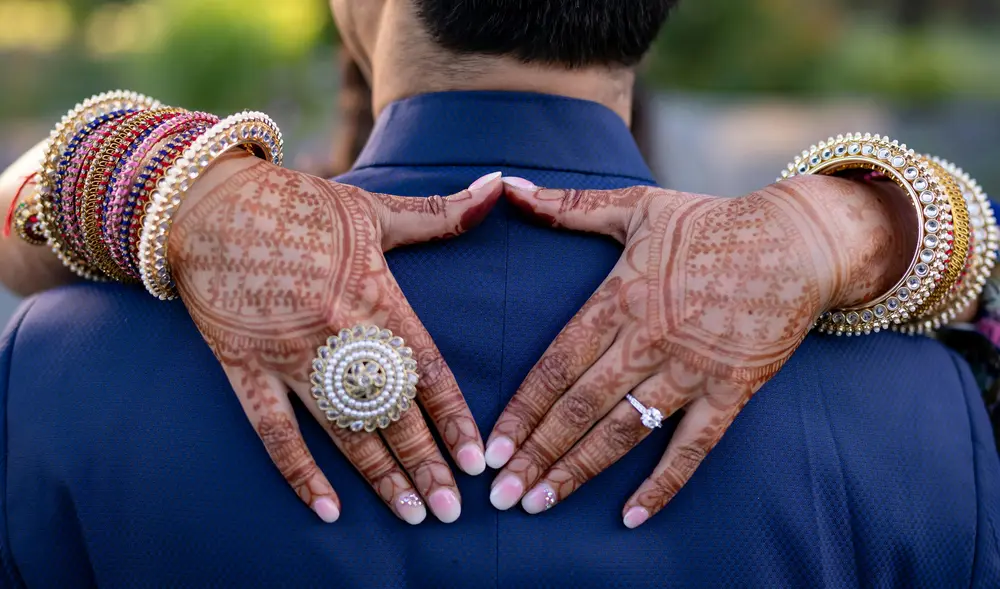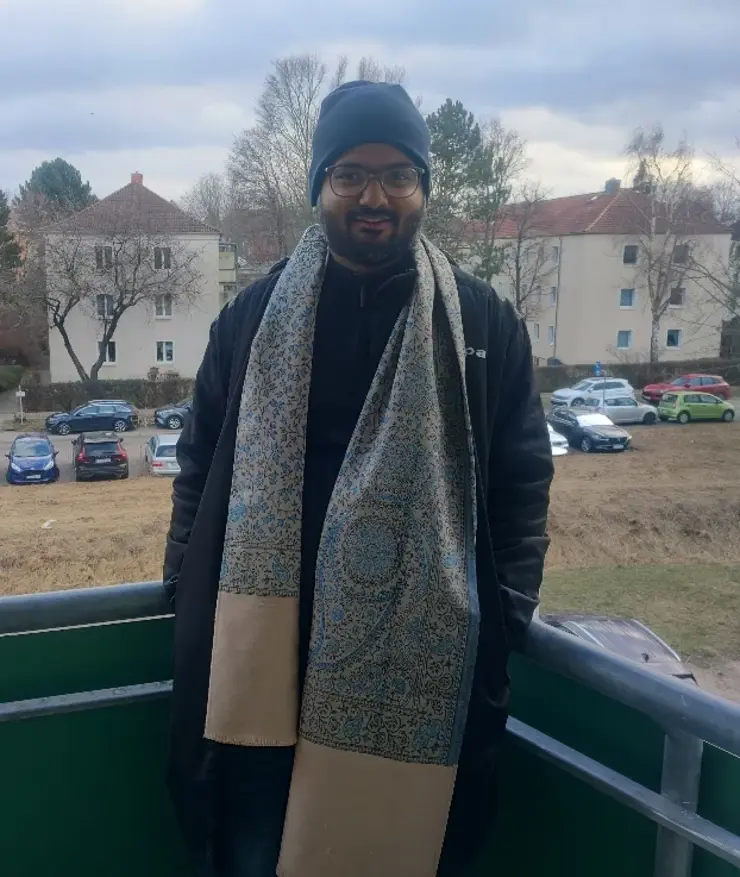Exploring the Dynamics of Pakadua Vivah, “Groom Kidnapping”

Introduction
The origin of Pakadua Vivah(lit. Groom Kidnapping) is unknown, but it is assumed that the custom of kidnapping grooms and forcing them into marriage first appeared in Begusarai district of Bihar, a state in northern India (IANS, 2023). In 2016 alone, over 3,000 men were victims (Srivastava, 2017).
In Pakduah Biyah, the domineering members of village or family abduct a well-off and educated young boy who is eligible for marriage (Kumar, 2024). After the abduction, he is then forcibly wedded to a girl. Any form of resistance often results in a threat to life. This is a social malpractice and a product of pre-existing social norms, which needs to be removed.
Historical Context and Evolution of Pakadua Vivah
The practice of dowry in Bihar, a state in northern India, is a deeply entrenched cultural tradition that persists despite legal prohibitions (Srivastava et al., 2021). Dowry refers to the transfer of wealth, typically in the form of money, property, or valuable goods, from the bride's family to the groom's family at the time of marriage (Kumar et al., 2021). This custom is particularly prevalent in arranged marriages, which remain common in Bihar's social fabric.
The roots of the dowry system lie in complex historical and cultural factors. Traditionally, it stemmed from the patriarchal notion that women are economic liabilities rather than assets to their families (Jeyaseelan et al., 2015). In this context, dowry evolved as a form of premortem inheritance for daughters, who were often excluded from family property rights. However, over time, it has morphed into a means for grooms' families to extract wealth, often under social pressure or coercion.
In Bihar, the scale of dowry is often tied to the groom's socioeconomic status, education level, and employment prospects: for instance, grooms with government jobs or from wealthy landowning families typically command higher dowries, sometimes reaching exorbitant amounts of several million rupees (Kumar et al., 2021). This practice not only perpetuates gender inequality but also places immense financial strain on the bride's family, sometimes leading to debt, poverty, or even more extreme consequences like dowry-related violence or deaths (Srivastava et al., 2021). Despite the Dowry Prohibition Act of 1961 and subsequent amendments, the practice continues to thrive, often disguised as voluntary gifts or essential contributions to the new household (Jeyaseelan et al., 2015). The persistence of dowry in Bihar highlights the gap between legislative measures and deeply ingrained social norms, underscoring the need for comprehensive social reform beyond mere legal prohibitions.
Das (1992) notes that in the 1970s, dowry rates increased significantly, partly due to Mauritian political leaders seeking to marry their daughters into prestigious Bhumihar (land-owning communities) families. This trend led to dowry becoming a status symbol even among Bhumihars themselves. Consequently, less affluent Bhumihars faced financial strain. The situation is particularly challenging for families with multiple daughters and limited means to provide substantial dowries. In such circumstances, some resort to practices like Pakadua Vivah (groom kidnapping) as a desperate measure to secure educated and wealthy grooms for their daughters without the burden of expensive dowries.
Current Practice and Example
In the 1970s, when Pakadua Vivah was at its peak in Bihar, the boy was first kidnapped by the Lathait (authoritative) or the dominant person of the area (IANS, 2023). However, this practice also got commercialized in the 1980s, and various gangs were created to support it. The demand for this gang, which was formed usually every five to seven villages, would be extremely high during the wedding season. Even students would have been the target of these gangs because of the marriage season at the time of the matriculation and inter exams. During examinations, such marriages were conducted at wholesale rates. At that time, the fear among the parents of the boys was such that they were hesitant to let their son go somewhere alone. The unmarried boys used to travel somewhere under the supervision of their family members. These marriages took place in bulk during examinations. If a young man gets a decent job, then the fear becomes doubled. Fearing that their son will come under the Pakadua gang’s scrutiny, the parents did not share with the neighbors that their kid had started working.
When the practice of Pakadua Vivah started, the Dabangs (authoritative) of the area turned it into a business (Shirin, 2023). When Pakadua Vivah became commercialized, local strongmen known as Dabangs turned it into a business. A father seeking to arrange such a marriage for his daughter would approach these Dabangs. They would negotiate a fee based on the desired groom's profession and status, with higher fees for more desirable grooms such as doctors or engineers. If an engineer groom requests a monetary dowry of Rs 20 lakh (around 22,000 euros) in this case, the Dabangs receive Rs 2 lakh (2,200 euros) apiece. The price of wedding extras is likewise saved from above. In this way, the father of the girl may have married her to an engineer for just 2 to 2.5 lakh rupees (2,200 to 3,000 euros). The boy was initially kidnapped for between 5,000 and 10,000 rupees (55 to 105 euros), and eventually, it rose to two lakh rupees (2,200 euros). In addition, the bridegroom and his family are so afraid of the domineering that they unwillingly consent to the forced marriage. Until the birth of the first child, the Dabangs usually keep an eye on the groom and his family (Shirin, 2023).
To give an example, on November 28, 2023, in Bihar's Vaishali district, a young man named Gautam Kumar, who was recently appointed as a teacher after clearing the Bihar Public Service Commission exam, was abducted by a group of 3-4 men led by Rajesh Rai and forcibly married at gunpoint against his will (Anand & Shivani, 2023). Despite his family's attempts to intervene, Gautam faced physical violence when resisting the forced marriage. However, police officers were eventually able to locate and rescue him, bringing him back home safely on November 29th. This incident is not an isolated case in Bihar, with several similar incidents of "Pakadua Vivah" occurring in the past involving victims like a veterinarian and a junior manager who were abducted and compelled into marriage against their consent.
Legal and Human Rights Implications
Legally, Pakadua Vivah violates Article 21 of the Indian Constitution, which guarantees the right to life and personal liberty (Chatterjee, 2023). It involves criminal offenses under the Indian Penal Code, including kidnapping and forced marriage. Internationally, it contradicts Article 16 of the Universal Declaration of Human Rights (UN General Assembly, 1948) and specific provisions of the Convention on the Elimination of All Forms of Discrimination against Women (CEDAW) (Convention on the Elimination of All Forms of Discrimination against Women New York, 18 December 1979, 1979). However, enforcement of these legal protections is hindered by underreporting and deeply rooted social norms.
Conclusion
Addressing Pakadua Vivah requires targeted interventions. These include stricter enforcement of existing laws, community education programs on consent and gender equality, and economic initiatives to reduce dowry pressures. Support services for victims, such as legal aid and counseling, are crucial. Future research should quantify the prevalence of this practice and evaluate the effectiveness of specific intervention strategies. By addressing both the legal and socio-economic factors driving Pakadua Vivah, progress can be made towards its elimination and the promotion of consensual marriages.
References
Anand, A., & Shivani. (2023, December 1). Another Jabariya Jodi! Teacher Forced To Marry Kidnapper’s Daughter At Gunpoint In Bihar. Times Now; Times Now. https://www.timesnownews.com/crime/another-jabariya-jodi-teacher-forced-to-marry-kidnappers-daughter-at-gunpoint-in-bihar-article-105653647#:~:text=A%20newly%20appointed%20Bihar%20teacher,Read%20More&text=Family%20blocked%20the%20the%20highway%20in%20protest%20against%20the%20kidnapping.
Chatterjee, P. (2023, December 12). Unravelling the legal complexities of “Pakadua Vivah”: Patna HC case study. The Daily Guardian. https://thedailyguardian.com/unravelling-the-legal-complexities-of-pakadua-vivah-patna-hc-case-study/
Convention on the Elimination of All Forms of Discrimination against Women New York, 18 December 1979. (1979). OHCHR. https://www.ohchr.org/en/instruments-mechanisms/instruments/convention-elimination-all-forms-discrimination-against-women
Das, A. N. (1992). The Republic of Bihar. Penguin Books. https://books.google.de/books?id=UHhuAAAAMAAJ
IANS. (2023, December 3). Bihar’s tradition of men being kidnapped for marriage back in news. The Economic Times. https://economictimes.indiatimes.com/news/india/bihars-tradition-of-men-being-kidnapped-for-marriage-back-in-news/articleshow/105693358.cms?from=mdr
Jeyaseelan, V., Kumar, S., Jeyaseelan, L., Shankar, V., Yadav, B. K., & Bangdiwala, S. I. (2015). Dowry demand and harassment: Prevalence and risk factors in India. Journal of Biosocial Science, 47(6), 727–745. https://doi.org/10.1017/s0021932014000571
Kumar, A. (2024, April 4). What is a “Pakadua Vivah” and why Bihar is seeing a return of the phenomenon. Swarajya. https://swarajyamag.com/bihar/what-is-a-pakadua-vivah-and-why-bihar-is-seeing-a-return-of-the-phenomenon
Kumar, P., Srivastava, S., Chauhan, S., Patel, R., Marbaniang, S. P., & Dhillon, P. (2021). Associated factors and socio-economic inequality in the prevalence of thinness and stunting among adolescent boys and girls in Uttar Pradesh and Bihar, India. PLoS ONE, 16(2), e0247526. https://doi.org/10.1371/journal.pone.0247526
Shirin, S. K. (2023). Understanding custom of forced marriages: An exploratory study of Bihar. International Journal for Multidisciplinary Research, 5(5), 1-11. https://doi.org/10.36948/ijfmr.2023.v05i05.7568
Srivastava, A. (2017, June 4). Marriage by abduction soars in Bihar, over 3,000 grooms tied knot at gunpoint in 2016. India Today. https://www.indiatoday.in/mail-today/story/bihar-abduction-marriage-at-gunpoint-grooms-kidnapped-shotgun-weddings-980833-2017-06-04
Srivastava, S., Chauhan, S., Patel, R., Marbaniang, S. P., Kumar, P., Paul, R., & Dhillon, P. (2021). Banned by the law, practiced by the society: The study of factors associated with dowry payments among adolescent girls in Uttar Pradesh and Bihar, India. PLoS ONE, 16(10), e0258656. https://doi.org/10.1371/journal.pone.0258656
UN General Assembly. (1948). Universal Declaration of Human Rights. https://www.un.org/en/about-us/universal-declaration-of-human-rights
About the Author

Vivek Raj is a Master of Public Policy (MPP) student at the Willy Brandt School of Public Policy, University of Erfurt. His research interests include social policy, gender issues, and cultural practices in South Asia. This article stems from his ongoing work on the intersection of tradition, law, and human rights in rural India.
Instagram: @adv_vivek_raj
~ The views represented in this blog post do not necessarily represent those of the Brandt School. ~